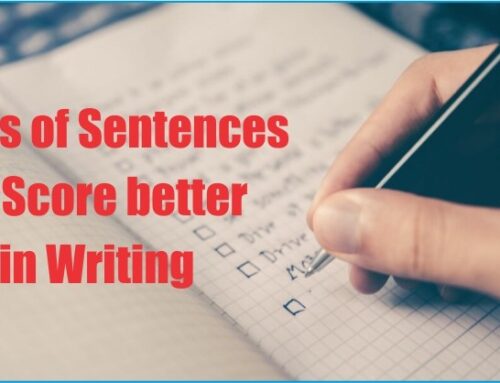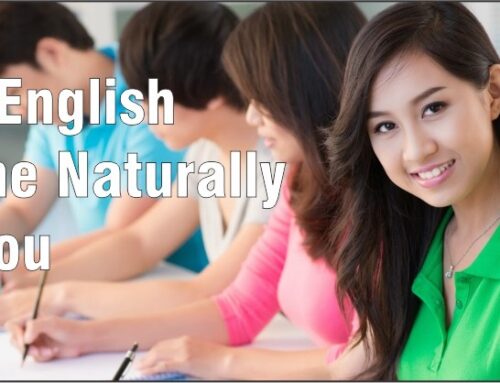WORD-THE FIRST STEP
There are in total twenty-six alphabets in English language out of which there are five vowels and rest twenty-one are consonants.

The vowels include a,e,i,o,u and these vowels play a very prominent role in formation of any word. There are very few words which do not carry vowel with them for example fly, cry, cyst etc. but in general the vowel is the soul of any word.
The combination of consonants and vowel makes a word. And there are uncountable words in English language. Each year ample of words are added up into the dictionary.
Formation of good words and their proper understanding is very must. At first, it seems very easy to find or see a word, but the usage becomes very complex at times. The general words used in our day to day routine are hello, there, here, good etc.
The words are broadly classified into two categories i.e. single word and mixed word. The single word is also called a sole word which has only one root and cannot be broken further for example star, health, English etc. these words are unbreakable. The second category is mixed words which have more than one root words for example monogamy, gynecologist, introvert etc. in monogamy there are two roots that are mono(one) and gamy(marriage), gynecologist is made up of gynae(women) cologist(expert).
The combination of word is called as phrase. The common words and phrases used are:
-
In order to
Usage: “In order to” can be used to introduce an explanation for the purpose of an argument.
Example: “In order to understand X, we need first to understand Y.”
-
In other words
Usage: Use “in other words” when you want to express something in a different way (more simply), to make it easier to understand, or to emphasise or expand on a point.
Example: “Frogs are amphibians. In other words, they live on the land and in the water.”
-
To put it another way
Usage: This phrase is another way of saying “in other words”, and can be used in particularly complex points, when you feel that an alternative way of wording a problem may help the reader achieve a better understanding of its significance.
Example: “Plants rely on photosynthesis. To put it another way, they will die without the sun.”
-
That is to say
Usage: “That is” and “that is to say” can be used to add further detail to your explanation, or to be more precise.
Example: “Whales are mammals. That is to say, they must breathe air.”
-
To that end
Usage: Use “to that end” or “to this end” in a similar way to “in order to” or “so”.
Example: “Zoologists have long sought to understand how animals communicate with each other. To that end, a new study has been launched that looks at elephant sounds and their possible meanings.”






Leave A Comment